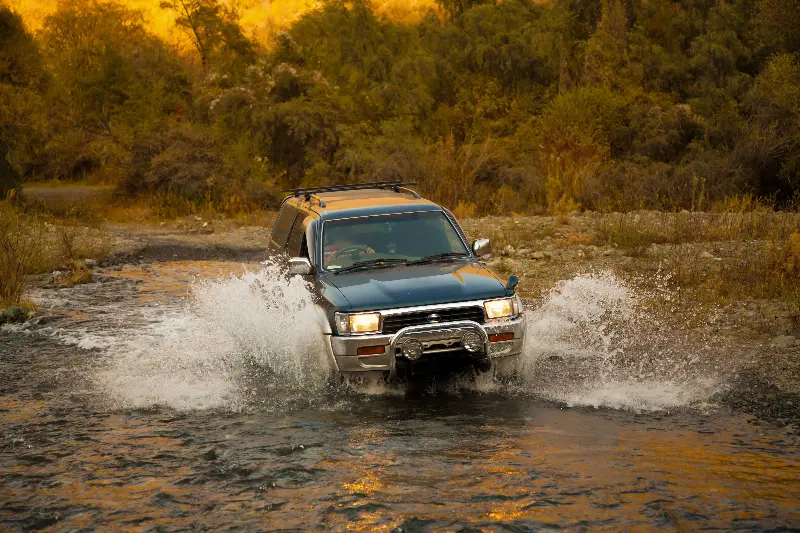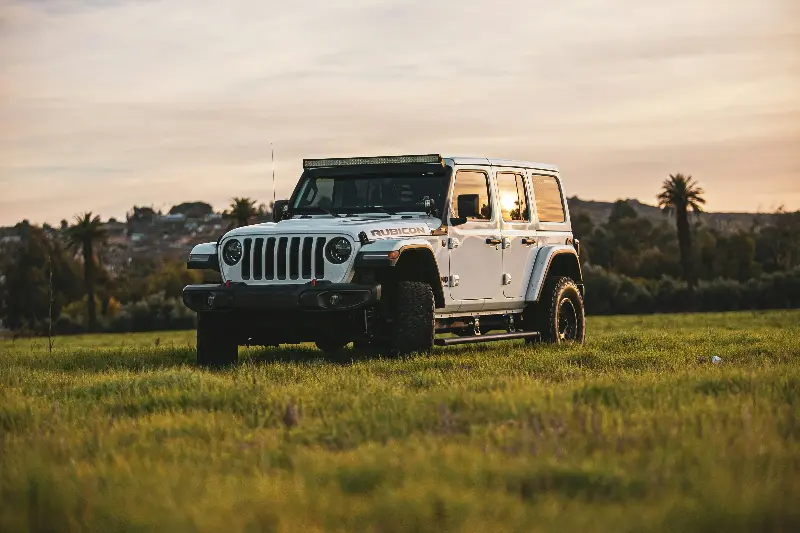
From dusty deserts to rocky mountain passes, off-road vehicles have long captured the imagination of adventurers and engineers alike. These rugged machines are more than just practical tools for traversing difficult landscapes—they embody a unique blend of power, beauty, and purpose-driven design that sets them apart from their road-bound cousins. Whether it’s a dirt-loving ATV, a trail-conquering SUV, or a brawny pickup, each off-road vehicle tells a story of relentless innovation and an unyielding spirit.
The Art And Science Of Rugged Design
At the heart of every off-road vehicle lies an engineering philosophy built on robustness and reliability. Designers spend countless hours perfecting frames and chassis that can absorb the pounding of rocks, branches, and sudden drops. The materials chosen—high-strength steel, lightweight aluminum, and advanced composites—offer just the right balance between durability and weight, ensuring vehicles can endure without being too heavy to maneuver.
Suspension systems in off-roaders deserve a special mention. They’re engineered with longer travel and reinforced components to cushion the impact from uneven terrain. High-performance shock absorbers, often filled with nitrogen gas or even equipped with external reservoirs, ensure consistent performance, allowing adventurous drivers to glide over ruts and humps that would cripple a conventional car.
Of course, protection is paramount. Underbody skid plates, heavy-duty bumpers, and protective body cladding shield the vehicle’s essential components from snarling roots or unexpected impacts. It’s this protective armor, combined with smart engineering, that lets off-road vehicles go where few others dare.
Purposeful Functionality: More Than Just Looks
Beyond their intimidating exterior lies a world of clever functionality. Aggressive, deep-tread tires with flexible sidewalls provide maximum traction through mud, sand, or snow, allowing for that dramatic crawl up a slippery incline. Many models are equipped with locking differentials, which keep wheel spin in check and channel torque evenly when only one or two tires have grip. Advanced traction management systems let drivers select terrain modes, adjusting throttle response, gearing, and even brake application to suit conditions underfoot.
A hallmark of off-road vehicles is ground clearance—the gap between the earth and the lowest part of the vehicle. Extra-high clearances prevent undercarriages from getting snagged on obstacles and allow for wading through streams or shallow rivers. Some SUVs go a step further with air suspension systems, letting drivers raise or lower their ride height with a simple button press, instantly adapting from tarmac to trail.
Water fording is another testament to careful engineering. Sealed electrical systems, high-mounted air intakes, and strategic venting keep engines running even when the terrain gets unexpectedly soggy. It all amounts to a confidence that’s hard to match—drivers know these vehicles are built with a mission in mind.

Aesthetic Appeal: Beauty Born From Necessity
The design language of off-road vehicles isn’t just about brute force; it’s also about crafting a purposeful beauty. Masculine lines, flared wheel arches, and boxy profiles aren’t just stylistic choices—they echo the vehicle’s functional priorities. Broad stances and short overhangs (the distance between the wheels and the ends of the vehicle) maximize approach and departure angles, letting vehicles clamber over boulders or embark on steep climbs.
Yet there’s an undeniable allure to their no-nonsense forms. Clean, upright glass and squared-off edges create an imposing presence, signaling capability even before the engine fires up. Iconic badge-wearers—the Jeep Wrangler, Toyota Land Cruiser, Land Rover Defender—are instantly recognizable, sporting designs that have been honed over decades in real-world expeditions.
Inside, the beauty continues with interiors focused on durability and practicality. Surfaces are often easy to wash down, with tough rubber mats and water-resistant upholstery. Sleek digital interfaces coexist with chunky, glove-friendly buttons and oversized controls, so drivers can adjust settings without taking off their muddy gloves.

The Community And Culture Of Adventure
Off-roading isn’t just about the vehicles; it’s about the experiences and bonds they create. Owners around the globe form clubs, organize expeditions, and compete in legendary events like the Dakar Rally or the Baja 1000, where machine and driver are pushed to their absolute limits. It’s common to see vehicles sporting personalized upgrades—spotlights, roof racks, winches, and specialty tires—each reflecting a blend of personal taste and the demands of the terrain.
An interesting fact is that some of the world’s most famous off-road trails, from the Rubicon Trail in California to the Silk Route in Central Asia, are now pilgrimage sites for enthusiasts. Manufacturers often use these legendary routes as proving grounds, pushing prototypes through grueling tests that validate their claims of durability and performance.
Environmental responsibility is also growing in importance. Modern off-roaders are increasingly engineered with more efficient engines, hybrid drivetrains, and lower emissions, showing that adventure and sustainability can go hand in hand.
With their impressive blend of tough engineering, purposeful aesthetics, and a vibrant, adventurous community, off-road vehicles stand as a testament to how design and spirit can come together to create something truly extraordinary. Whether you’re an engineer fascinated by suspension geometry or simply someone who dreams of exploring the unknown, there’s no denying the power and beauty behind these rugged machines.
